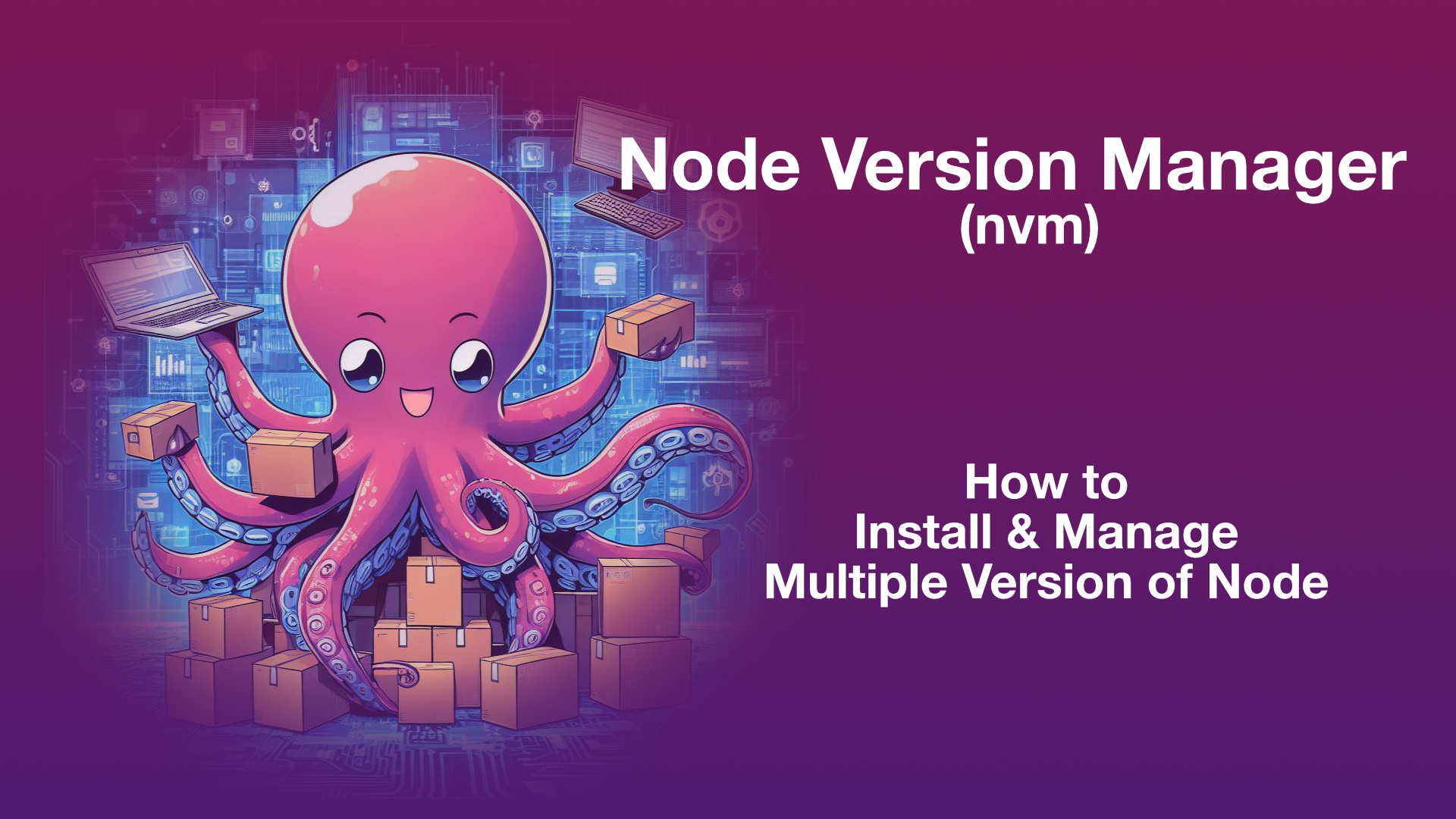Following table lists all differences between Internet Protocol Version 4 (IPv4) and Internet Protocol Version 6 (IPv6) comprehensively
| IPv4 Address | IPv6 Address |
|---|---|
| String of 32 bits are used to represent IPv4 address | String of 128 bits are used to represent IPv6 address |
| Total number of addresses: 2 ^ 32 = 4294967296 | Total number of address: 2 ^ 128 = 340282366920938463463374607431768211456 |
| 32 bits are grouped into four 8 bits. Each group is called octet | 128 bits are grouped into eight 16 bits. Each group is called quartet. 128 bigs grouped by 16 bits forming 8 quartets |
| Represented as 12 decimal numbers, each octet separated by dot (.) Ex: 192.169.2.183 | Represented as 32 hexadecimal numbers, each quartet separated by colon (:) Ex: 32B0:32AC:A::82:AF/60 |
| Each octet can represent values in range 0 to 255 inclusive | Each quartet can represent values in range 0 to 65535 inclusive |
| Each octet is separated by dot(.) in IPv4 dotted decimal representation | Each quartet is separated by colon(:) |
| In sbunetting, IP address is logically divided into two parts called network part and host part also called routing(or network) prefix and host identifier respectively | In subnetting, IP address is logically divided into two parts called prefix part and Host part (interface identifier ) These two parts are also referred as Global Routing Prefix (Network Prefix) and Interface Identifier |
| 32 bit IP address is comprised of networkd id and host id | 128 bit IP address is comprised of prefix and interface identifier |
| Different blocks of IP addresses reserved for private networks called private IP address Blocks: 192.168.0.0/16 — 192.168.255.255 172.16.0.0/12. — 192.31.255.255 10.0.0.0/8. — 10.255.255.255 | Different blocks of IP addresses reserved for private networks called unique locals addresses (ULAs) |
| IP address block 169.254.0.0/16 is reserved for link-local addressing | IP address block fe80::/10 is reserved for link-local addressing. |
| subnetmask or netmask describes number of bits in network portion of address | prefix length describes number bits in the network portion of address |
| DHCPv6 server is need for DHCP. There are two types of DHCPv6. Stateful DHCPv6 and Stateless DHCPv6 | |
| Every interface receives link-local automatically address along with it’s static or dynamic address assigned | |
| Loopback IP address:- 127.0.0.1 | Loopback IP address:- ::1 |
| Subnet is configured by giving subnet mask in dotted decimal format | Subnet is configured by giving prefix length |
| Multiple addresses can be assigned to interface but there will be only one primary address | There is no concept of secondary addresses. All addresses assigned to NIC are primary addresses. |
| There are no rules to abbreviate IPv4 address | IPv6 address can be abbreviated to represent it using shorthand notation for convenience |
| Default route address is 0.0.0.0/0 | Default route address in IPv6 is ::/0 |
| Types of addresses Public IP Address, Private IP addresses and Link Local IP address | Global Unicast Address, Unique Local, Link Local Global Unicast Address – Routable on Internet Unique Local – Internally and not routable on Internet Link Local – Not routable internally or externally |
| Link Local Address that NICs assign itself when they can’t acquire IP using Automatic Private IP Addressing (APIPA) 169.254.0.0/16 (169.254.0.0 – 169.254.255.255) |
Subnet mask or netmask represents the dividing line between network prefix and rest field (host identifier)
Link-local addresses are not routable link general IP address. It is special address that network interface will get assigned using mechanism called Automatic Private IP Addressing (APIP) developed by Microsoft for IPv4 , if it is failed to get IP address through either static or DHCP . Using this IP peer-to-peer connection is possible to which host is connected.





Leave a Reply